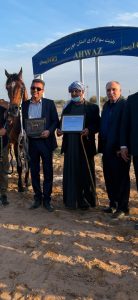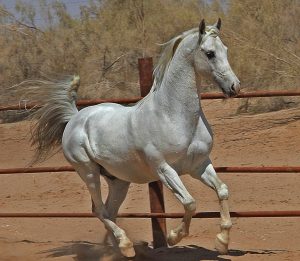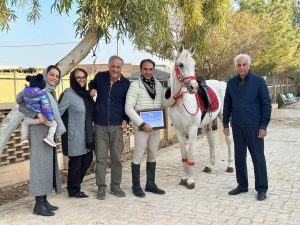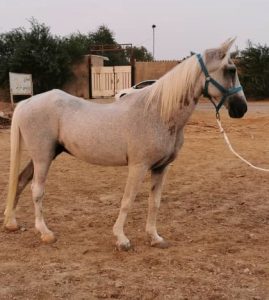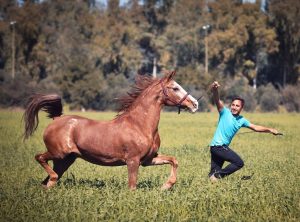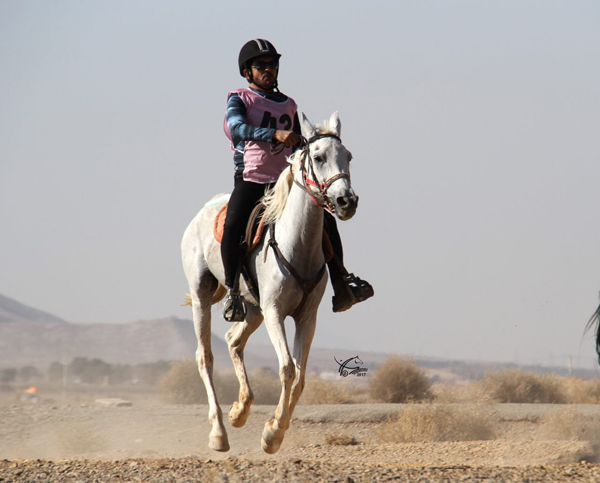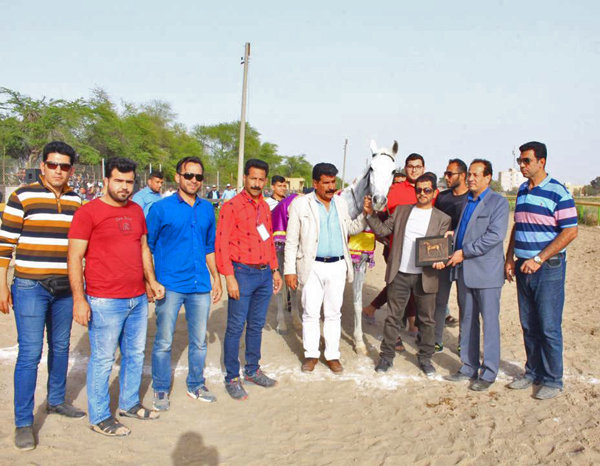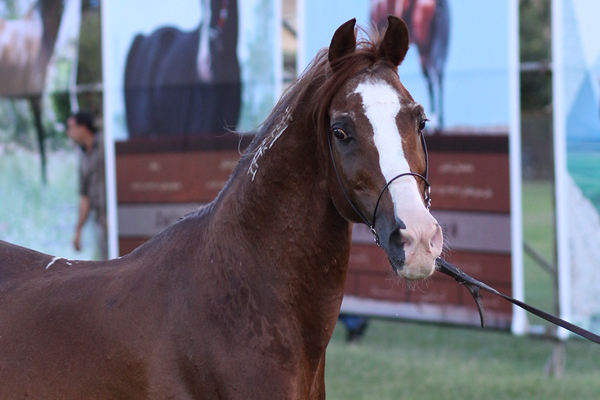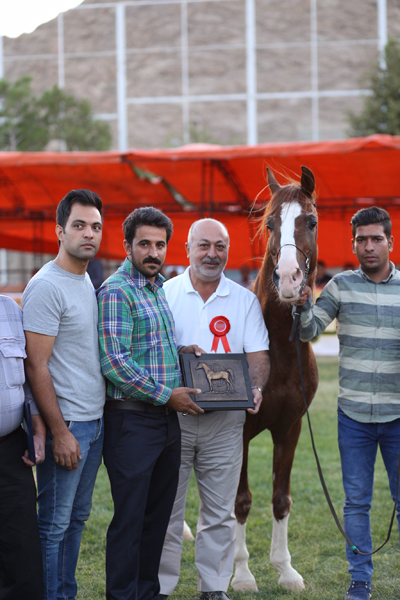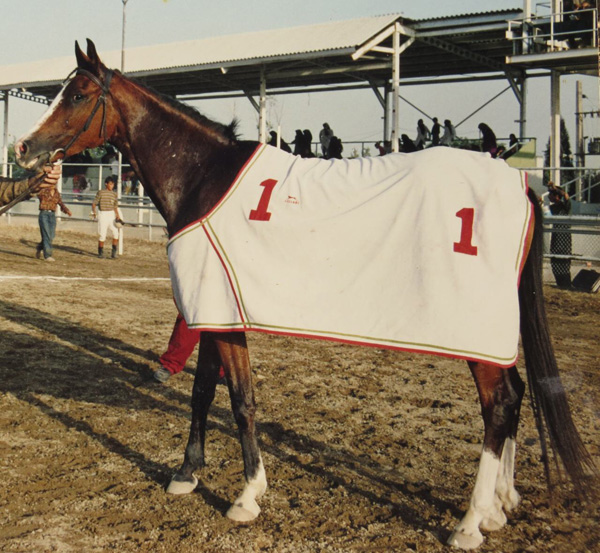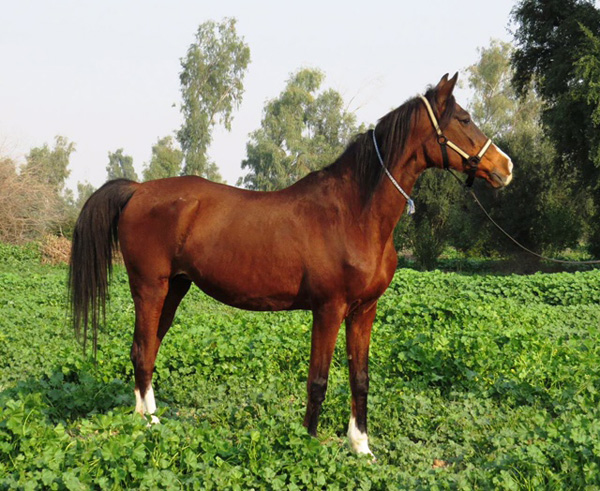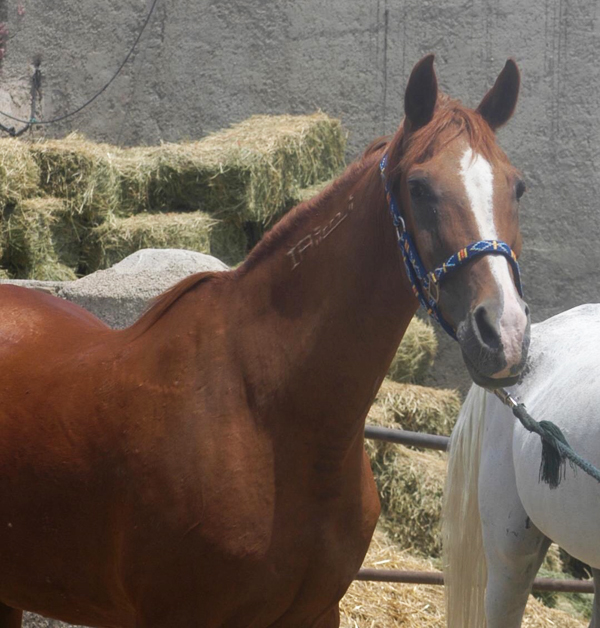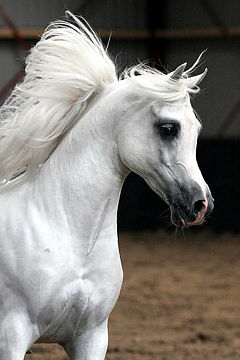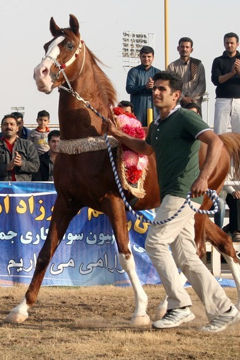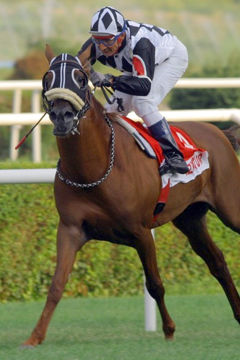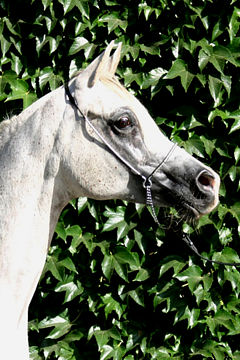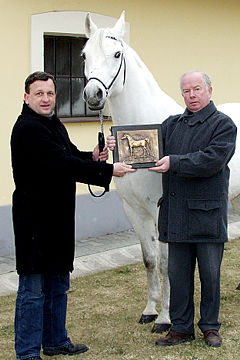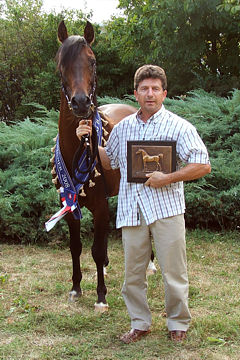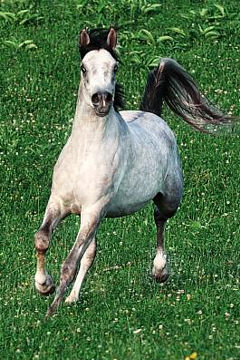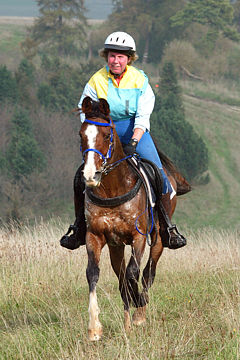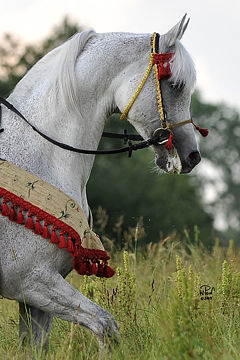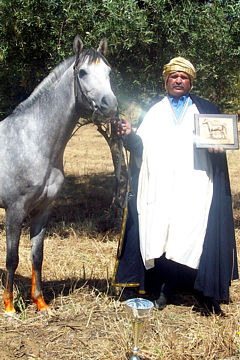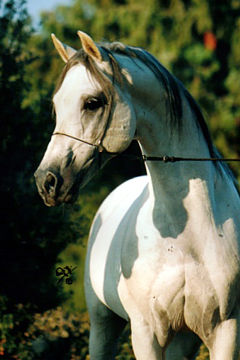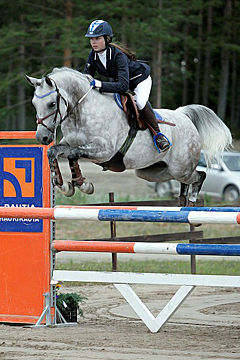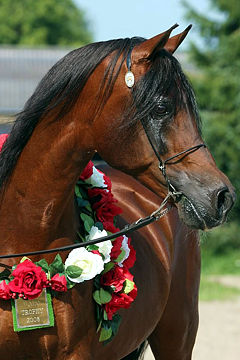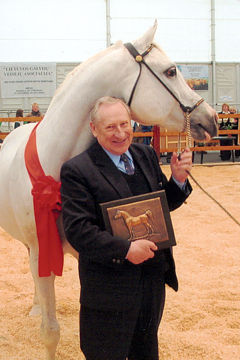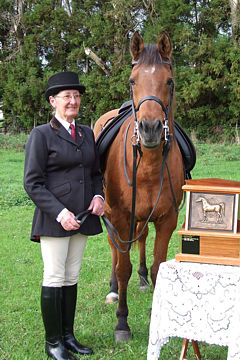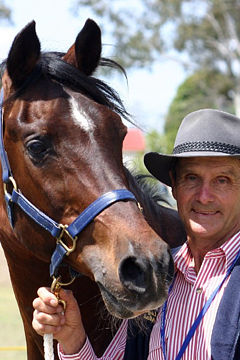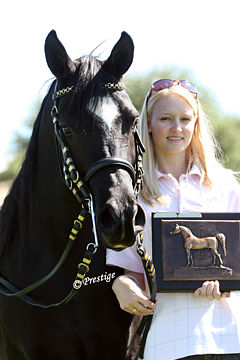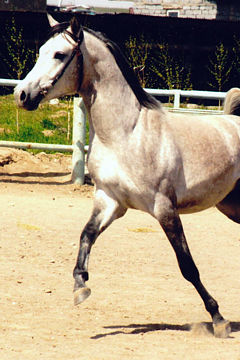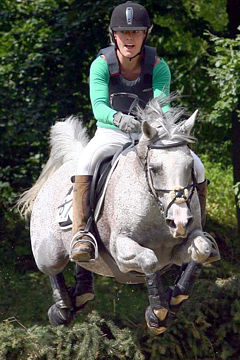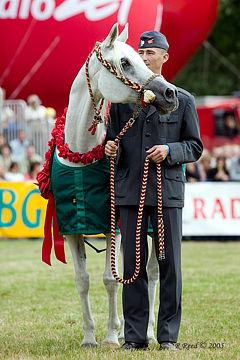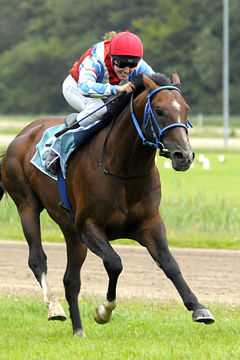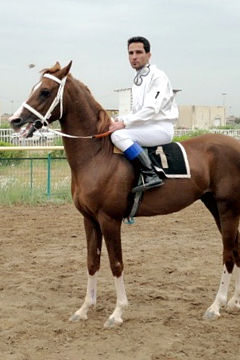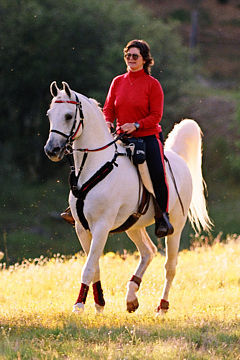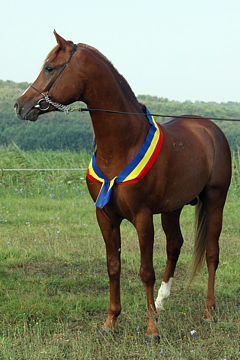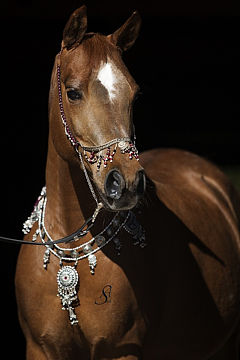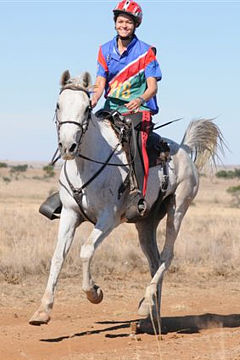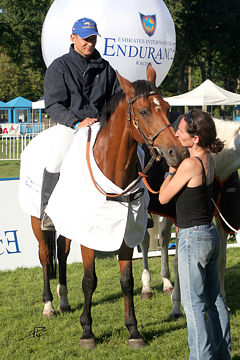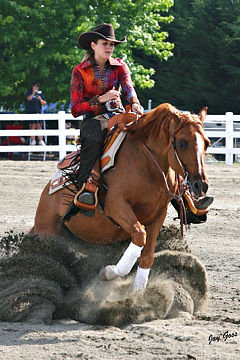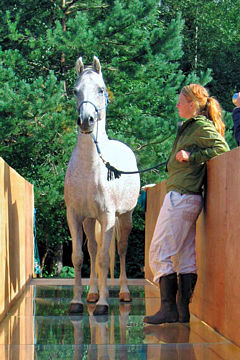![]()
Member Report from Iran
REPORT MADE AT THE 2022 CONFERENCE
Mrs. Sharzad Amir Aslani: On behalf of the SBAIR, I would like to take this opportunity to give a brief summary covering the activities of our Arabian Horses.
For the first time, after a very long time, the publication of our Stud Book is almost up to date. We just recently published book 9, containing horses born between 2019-2020. We are currently working on the next one which will comprise offspring born between 21-22. Number of registered foals per year hasn’t changed much. It’s usually between 1000 to 1200 foals. Embryo transfer is still not allowed. However, the use of A.I was introduced in 2016. All foals are microchipped & DNA tested.
Given the high number of horses we have in our country & also the high variety of breeds, Imported or local, that are being used in different disciplines, Iran’s main goal was to be able to use its own laboratory. Finally, 2 years ago this goal was achieved and a national laboratory, KBC received International Society of Animal Genetics (ISAG) certificate. This company along with Human Genetics Research Center & Medical Genetics Laboratory, produces and exports valuable genetic products.
The horse identification kit produced by this company has all the markers recommended by the ISAG. The number of markers used is higher than commercial kits available in the world, as it includes 22 markers and two markers for gender determination. Obviously, the change of venue has sped up the DNA testing of our horses, therefore as a result their registration.
Between 2021- 2022, we have imported around 50 horses. And for the first time, we exported 31 horses. Most were of the Straight Iranian bloodline.
As for activities and events for Arabian horses, we have organized 8 horse shows, in different provinces of Iran, with participation of more than 150 horses per show. We also have experienced an increase in the number of flat races for Arabians, especially in Tehran, our capital where the number of races was higher than our Thoroughbred horses. As usual, endurance rides are also being held, regionally and nationally.
I would like to take this opportunity to thank our host, the beautiful country of Jordan & special thanks to Princess Alia for their warm welcome.
Thank you Mr. President, the Executive Committee and Mrs. Katrina Murray.
REPORT MADE AT THE 2019 WAHO CONFERENCE:
Mrs. Sharzad Amir Aslani, Iran: Mr. President, members of the Executive Committee, distinguished guests, my name is Shery Amir Aslani and I am representing the Equestrian Federation of Iran who is governing the Stud Book Authority of Iran.
In May 2018 we published and distributed our stud book Volume 5, covering the years of 2008-2013. Volume 6 will be ready soon with offspring from 2014-15. Approximately 3,000 horses have been registered in each of these volumes. All horses are being microchipped & all foals are parent verified. The UELN numbers have been used since 2008. Our stud books are in compliance with WAHO rules. We have introduced the use of artificial insemination from 2016, but embryo transfer is not yet permitted, this is still something that should be discussed by our committee. Over the past few years or so, we have seen an incredible growth in the number of foals bred each year. The number of imports has also increased greatly during that time, as new breeders search for new bloodlines. Of course, our horses of all-Iranian pedigrees are still greatly treasured and care is being taken by many breeders that these bloodlines are not lost.
The main activity in Iran for our Arabian horses is racing, followed in popularity by halter shows and endurance rides. Flat racing has become very popular, 3 main provinces are hosting seasonal races. Khuzestan with 15 weeks from December to March, Yazd with 2 seasons of 6 weeks each in spring & autumn, and Tehran with 8 weeks. This year, more than 300 horses in race training were present in the racetrack in Tehran. It is an unprecedented number. Khuzestan and Yazd are hosting only Arabian horse races but Tehran is open to part-breds and Thoroughbreds. However, we had a minimum of 3 races weekly, this is a high number of participation in a racetrack that usually allowed only one race for Arabians in the past. We had the same number of races allocated to Thoroughbreds. I also need to add that our races were sponsored by Arabian horse breeders. Halter shows are being held on a regular basis in more than 6 provinces besides Tehran that usually is hosting the National Championship and 2 National B shows. Endurance racing has also big supporters and for the first time, our Equestrian Federation has hosted a 2 star F.E.I. ride in 2018. Ridden classes have been introduced by the Asil Association under the patronage of the Equestrian Federation for the past 2 years, and this initiative has gathered many enthusiastic riders.
A number of seminars and courses have been held about judging, on both events, halter show and sport horses. In addition, we provide education and information to our owners and breeders in various ways. Ladies and gentlemen, I thank you for your kind attention. I would especially like to thank the Arabian Horse Society of Australia for hosting such a wonderful Conference. It is a great pleasure to be back again in Australia. Thank you.
REPORT AT 2017 WAHO CONFERENCE:
Dr. Alireza Shahbazi, Iran: Mr. President, Members of the Executive Committee, distinguished guests, ladies & gentlemen. My name is Dr. Alireza Shahbazi and I have been newly appointed as Director of the Equestrian Federation’s Stud Book Office, replacing my esteemed colleague Dr. Farid Bordbar who is now enjoying his well-deserved retirement. My co-delegate is Mrs. Sharzad Amir Aslani.
The current population of living Arabian horses in Iran is estimated at around 10,000. Over the past 5 years or so, we have seen an incredible growth in the number of foals bred each year. The number of imports has also increased greatly during that time, as new breeders search for new bloodlines. Of course, our horses of all-Iranian pedigrees are still greatly treasured and care is being taken by many breeders that these bloodlines are not lost. Our current published studbook is Volume 4, covering foals born in the years 2004-2007 as well as the imports up to 2013. Volume 5 will be published soon, bringing all our information up to date to the year 2014 and we are already working on Volume 6. Our studbooks are in compliance with WAHO rules. We have introduced the use of Artificial Insemination from 2016, but embryo transfer is not yet permitted, this is still being discussed by our committee.
The main activity in Iran for our Arabian horses is racing, followed in popularity by halter shows and endurance rides. Our main racing season starts in the spring in the Yazd province, which is home to 4,000 horses, with 6 weeks of race meetings with an average of 4 or 5 races each. This is then followed by 12 weeks in Tehran, and then moves back to Yazd province for a further 5 weeks. In Khuzestan, the cradle of our Asil horses, we also have 12 weeks of racing starting with some regional meetings, followed by national races until the end of our annual calendar in March, as the mild climate in the winter there is very appropriate. Altogether in 2016 there were 150 races with an average participation of 500 horses. We have recently introduced Stakes & Allowance races, very much appreciated by breeders & owners.
Last year, we had about 10 ECAHO approved shows in a variety of locations, which was a marked increase on previous years, compared to the usual 3 to 4 annual shows. Classes are well supported, with approximately 100 to 150 horses taking part in each show. We also offer shows and classes specifically for our horses of all-Iranian pedigrees.
Endurance riding is also popular. These rides are also held regularly with 5 National rides hosted by different regions and 1 or 2 FEI rides a year.
I would like to thank the His Highness Sheikh Isa Bin Salman Al Khalifa, the Royal Studs and the Kingdom of Bahrain for hosting this very friendly Conference. Thank you everyone.
REPORT AT 2014 WAHO CONFERENCE:
Mrs. Sharzad Amir Aslani, Iran: Mr. President, Executive Committee members, fellow delegates, ladies and gentlemen. My name is Shery Amir Aslani and I shall now present Iran’s short report on behalf of our Equestrian Federation.
With regard to the keeping of our studbook, I am happy to say that we have recently finished Volume 4, containing the horses from 2004 to 2008. We are confident that volumes 5 and 6 will follow very shortly. New software has facilitated the registration of our horses and despite the high number of foals, we are up to date as to the registration of new-borns. All foals are now microchipped before 6 months of age, and after completion of the parent verification by DNA, passports are issued. Passports will be mandatory from 2015. We still do not use Artificial insemination, nor do we allow Embryo transfer. Since a few years ago, Iran has started importing Arabian horses from all over the world, and now more than 200 horses are imported annually into our country.
Regarding our activities, Iran now has 8 ECAHO-affiliated shows each year held in different regions, and our National Championship is held in Teheran, normally with more than 200 entries. Racing has been very popular for our breeders and horse owners, and this year Iran has had the opportunity to become a member of IFAHR, which hopefully will lead our racing to higher standards. More than 37 weeks of racing are organized, with the participation of more than 400 purebred Arabians. I think that, economically speaking, in the future racing will remain the most important activity for our purebred Arabian horses.
Endurance rides are also very popular, we have 6 to 7 national rides in different regions throughout the year, depending on the time of the year, and of course we have qualification rides arranged by the organizing committees in each region. Endurance rides have always been a traditional activity in Iran, it is probably the oldest riding discipline in our country.
Each year, Iran has awarded the WAHO Trophy to remarkable horses which have had a profound influence on the breed. This year the WAHO Trophy will go to an outstanding mare, and the reasons for her choice will be published later on the WAHO website. Thank you very much for your attention.
REPORT AT 2011 WAHO CONFERENCE:
Mrs. Sharzad Amir Aslani, Islamic Republic of Iran: Ladies and gentlemen, my name is Amir Aslani and I will be giving our report on behalf of the Equestrian Federation of the Islamic Republic of Iran. I am pleased to say that for the first time the head of our Federation is present at the Conference, Mr. Mahmoud Heidari, and we are all very pleased that he is attending the WAHO Conference. I would like to thank the State of Qatar for their kind hospitality and for the opportunity to enjoy their wonderful horses. I would also like to thank the Executive Committee for their continuous efforts to maintain the wellbeing and the well-keeping of the Arabian horse.
Contrary to the other countries, the popularity of the Arabian horse has grown very strong in Iran, and the births of foals have been unprecedented in numbers, and the participation in different events as well, they have increased dramatically. We are pleased to say that the Equestrian Federation has finally achieved Volume 3 of our national studbook, covering the period of 2000 to 2003 and it will be available to be distributed for the WAHO members. We are currently working on volume 4 which will be ready by the end of 2011 and which will cover 2004 to 2009, which will finally update us regarding the registrations. We have adopted the use of microchips for additional identification, since 2001. All horses have been parentage tested before registration, using DNA. We have noticed a tremendous growth in breeding and the numbers of foals born in 2010 was above 480. This is a very, very high number considering that Iran has many other local breeds, very popular in their own right, such as the Caspian Pony, the Kurdish Horse, the Dareshouri and the Turkoman, which is like a smaller sized Akhal-Teke.
Artificial Insemination is not used in Iran, and mares are live covered. Embryo transfer is also not permitted. Iran has had a very high number of imports during the past 3 years, with more than 300 horses entering our country. The need for a new infusion of blood in order to be able to compete internationally was imperative.
As for the events, racing is also very popular, with seasonal races held in different regions depending on the climate. Khuzestan has been hosting races for a decade and every year the number of participants is increasing. The regional races begin in the month of January, followed by 5 weeks of national races. Then Yazd, for the fourth consecutive year, holds races in April and May with 6 weeks of national races with more than 80 horses taking part, mostly bred in Yazd. However the big event is the 8-week long Thoroughbred and Arabian horse racing season in Tehran, which is always very important, and I have to say that for the first time in the last week, which was the 8th week of racing, we had the same number of races for Arabians as the Thoroughbreds, which as I am sure everybody knows is very important. As for the shows, since Iran’s addition to ECAHO, shows have also grown in popularity with more than 170 entries in Khuzestan and Yazd, and in other regions. We had 4 ECAHO shows, and 2 regionals in Khuzestan, and also the National Championships which was a month ago.
Endurance has also been a very popular sport in Iran, attracting riders from different regions with traditional nomadic lives. Many qualifying rides are held regularly in the regions, followed by a few national rides and one FEI ride every year. I would like to thank everybody for their attention. Thank you.
REPORT MADE AT 2009 WAHO CONFERENCE.
Mrs. Sharzad Amir Aslani: I will now give the report for Iran.
Regarding our stud book, I am happy to inform you that Volume 3 of the Iranian stud book has finally been achieved, containing over 680 horses from the year 2000-2003 and the fourth volume will follow very shortly covering 2004 to 2008. Switching from blood-typing to DNA was a rather difficult task, because of the high number of living animals, but fortunately these problems were overcome and the registration of foals and DNA sampling is all now up to date. From now on, foals are registered and microchipped before 6 months of age, and after DNA sampling a passport is issued. Those which meet the criteria are now entering the national stud book. We still do not use Artificial Insemination nor do we allow Embryo Transfer. In 2007 and 2008 horses were imported from Italy, Germany, the UK, Qatar, the UAE and Poland.
Regarding activities, for shows Iran became a member of ECAHO last year and our first ECAHO-affiliated show took place in one of our Arabian horse populated regions, and 4 other shows were held in different regions. The main activity however, is racing, which is very popular between breeders and owners. More than 35 weeks of racing were organized last year with the participation of more than 300 purebred Arabians. There is also a very big interest in endurance, as Iran is a nomadic country. We have more than 6 big endurance competitions organized by the Equestrian Federation in different regions, and one FEI ride. Endurance is open to other breeds as well, as Iran is well known for its other local breeds, and we are hoping to improve in number and quality of rides for the future. Thank you.
REPORT MADE AT 2007 WAHO CONFERENCE: In brief, the total number of registered purebred Arabian horses in Iran is 1,714, of which 748 mares and 159 stallions have been used for breeding. Approximately 100 foals are registered annually. We have imported 2 horses from Qatar in 2005, and 1 stallion from Turkey in 2006. We moved to the DNA and micro-chip system in 2005. Over 800 samples were sent to Newmarket in 2006 for DNA typing and parentage tests, and our current stud book Volume 3 will be published next year. Neither Artificial Insemination nor Embryo transfer are allowed.
Regarding our activities, the number of flat races has increased from 52 to 78 in 2006. We had 3 shows, 6 endurance rides and for the first time an FEI endurance ride at CI level was organised in December 2006 in Khuzestan.


